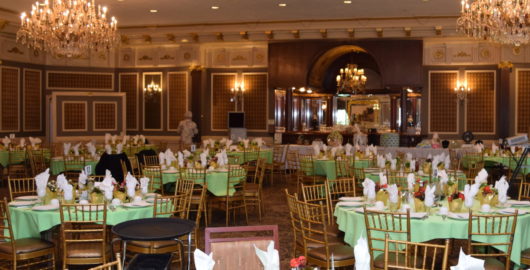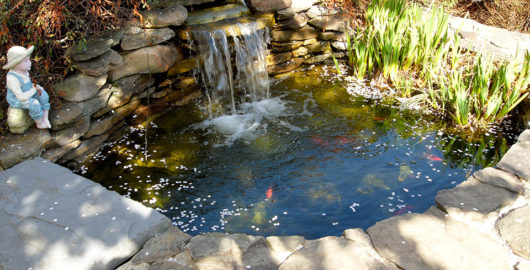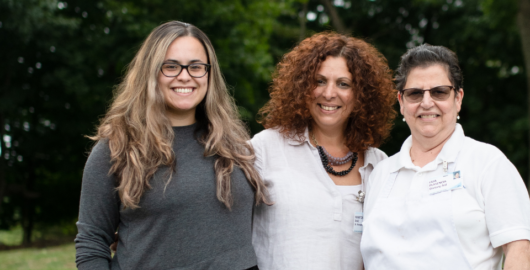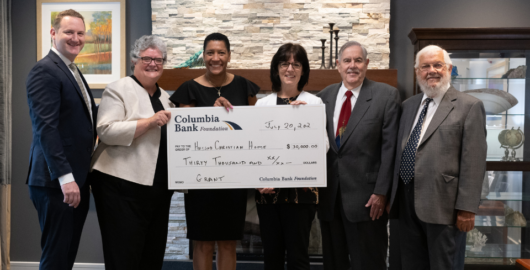Nearly a year has passed since our lives were turned upside-down by the coronavirus. Practicing social distancing, wearing masks that cover half of our faces, and quarantining for days at a time can make us feel cut off from others and lonely. At a community as social and loving as the Windmere, this was hard for residents.
But in the midst of this isolation, the Tellegacy program arrived at the Home. Introduced as a pilot program formed in collaboration with the University of Toledo, the Tellegacy program was created by Dr. Jeremy Holloway. After learning how many residents in retirement homes were struggling “not from COVID-19 but from a broken heart” due to isolation and separation, Dr. Holloway was inspired to help residents look ahead, set goals for themselves, and build much-needed social connections. By taking care of residents’ emotional wellbeing, perhaps this program could “save lives.”
Dr. Holloway put this dream into action by working with Hayley Studer, Founder & CEO of achi, LLC, to socially connect students with residents of retirement homes. At the end of the program, the resident receives a Legacy Book which contains many of the life lessons and stories shared with the Student Legacy Builder.
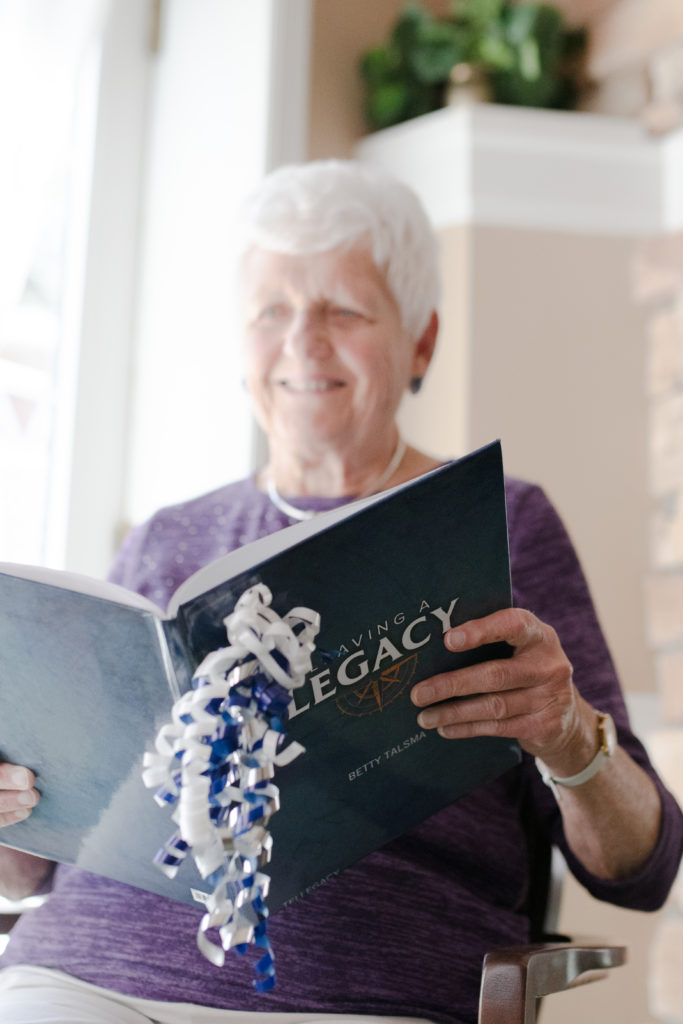
Resident Betty Tolsma
Last fall, residents of the Home were given an opportunity to participate in the program, which connected them with college students in health-related fields (such as occupational therapy, nursing, and pre-med). The students (“Legacy Builders”) would connect with their partner residents once a week via phone or virtual meeting. For the students, it was a chance to practice the skills they developed in class. For residents, it was even more meaningful – a weekly moment of encouragement during the pandemic.
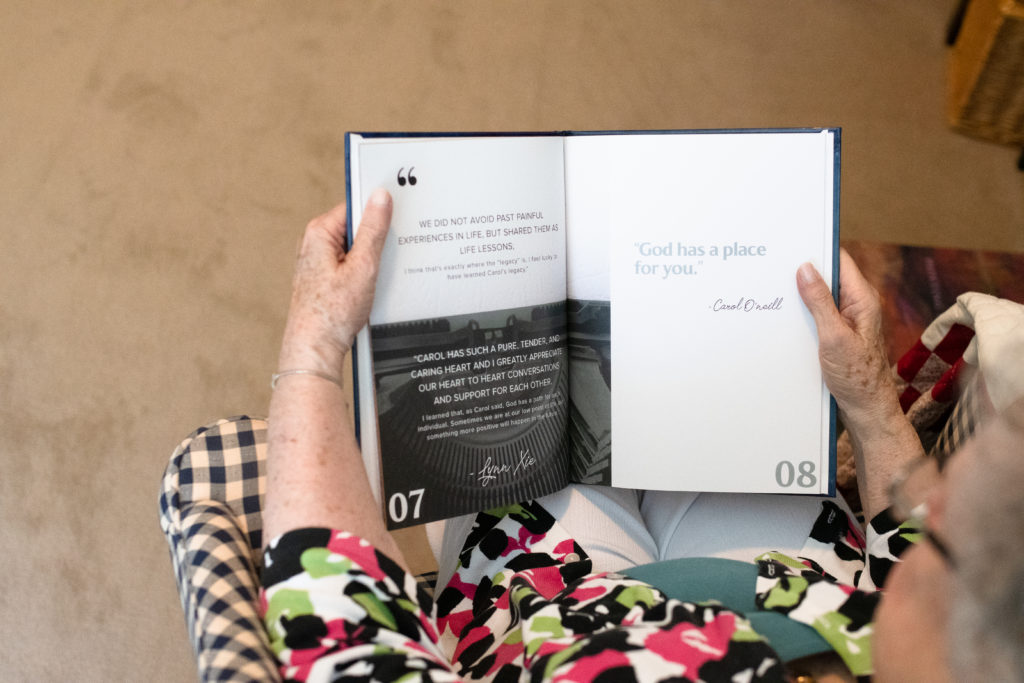
Resident Carol O’Neill
14 residents signed up for the program, with rave reviews. As friendships began to form, the Student Legacy Builders and residents became important parts of each other’s lives.
One resident, Lenora Malefyt, said she “hit it off” with her partner student thanks to their similar experiences and the student’s recent engagement.
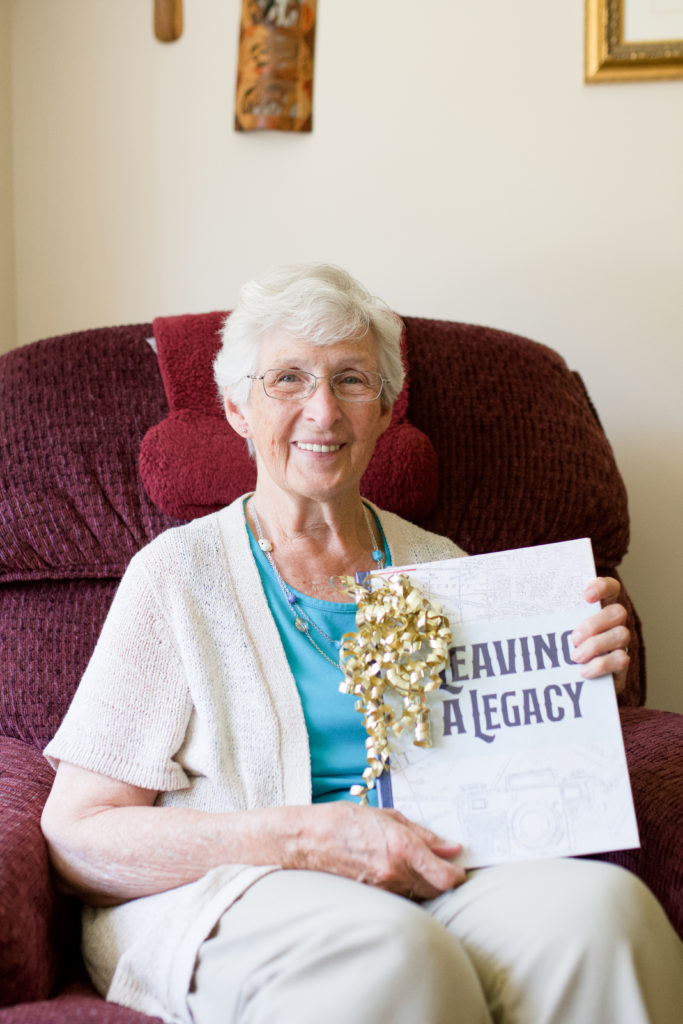
Resident Thea Legwater
Another resident, Anna Wondergem, strongly connected with her student. “It was relaxing and joyful to reminisce,” she said. “Talking to my student was a wonderful experience because I could share my knowledge over the years with her.” The two have stayed in touch since the program ended.
The program built a bridge between the two generations. The students learned from a wiser generation, and residents gained a friend. By the end of the program, over 100 hours had been spent on the phone with residents of the Home. Studer was thrilled by its success at the Home. “We couldn’t have matched the students and residents better if we had known them personally,” she said.
The program was so successful that it has advanced out of the pilot stage and is now being offered nationally as a monetized healthcare program. Dr. Holloway and Studer saw the positive effect the program has on both students and residents, and they hope it will one day be covered by health insurance as a valuable contributor to physical and emotional wellbeing.
Staying social and connected is essential for residents of the Windmere. The Home has done many things in addition to partnering with the Tellegacy Program to help residents. Even when regulations still prevented visitors from entering the Home, Activities staff helped residents video chat with friends or family members. Some residents took the initiative to host socially distanced and masked book clubs and gatherings. The Pastoral Care staff partnered with churches to offer “phone-a-friend” programs.
And the Tellegacy program continues in the Home, where nine residents signed up to participate in the spring.
For more information about the Tellegacy program, please visit https://www.achi.solutions/tellegacy.

